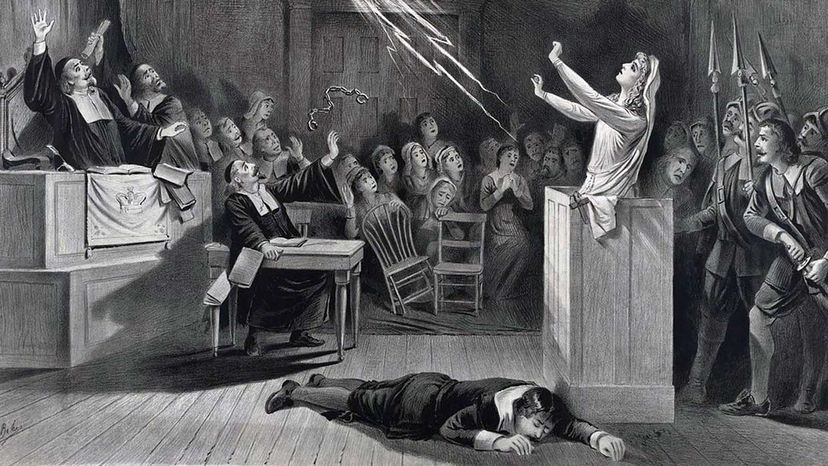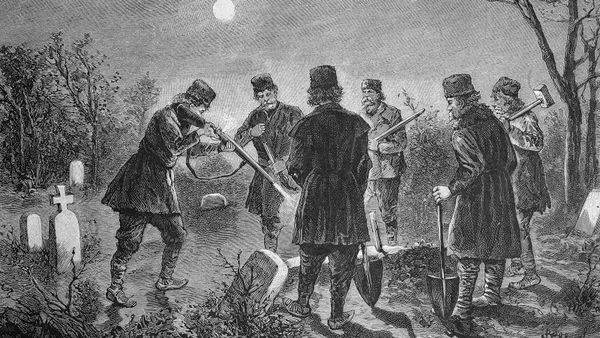
From the realistically frightful scenes of "The Blair Witch Project" to the decidedly wholesome Glinda the Good Witch in the "The Wizard of Oz," magical mavens are at the center of some of our most enduring — and endearing — stories. There are also modern-day practitioners of witchcraft, a term used to describe several different groups — including Wiccans — most of whom focus on positivity and using magic for good.
There was a time, however, when being considered a witch was a veritable death sentence. Take Salem Village, Massachusetts, in 1692. Two young girls, 9-year-old Elizabeth Parris and 11-year-old Abigail Williams, began having "fits," which included body spasms and uncontrolled screaming. The town doctor diagnosed them as being afflicted by "black magic" and accused them of practicing witchcraft — a notion that didn't sit too well in the Puritan settlement.
Advertisement
Contrary to legend, however, these so-called witches were not burned at the stake. In fact, none of the men, women or children accused of practicing witchcraft in Salem were killed that way. Most likely, the recounting of the Salem witch trials became intertwined with stories of actual executions by fire in Europe.
During European witch trials between the 15th and 18th centuries, people accused of witchcraft were commonly burned at the stake. Occasionally, they were hanged before being burned. The punishment was in accordance with the Holy Roman Empire's "Constitutio Criminalis Carolina" law, which contended that the punishment for witchcraft was death by fire. Church and civic leaders led the charge, executing as many as 50,000 people across Europe in what is now France, Germany, Italy, Scandinavia and Scotland [sources: Andrews].
So what actually happened to the colonists accused during the Salem witch trials? Nineteen died by hanging, their bodies swaying on the infamous Gallows Hill. (Five were hanged on Aug. 19, 1692, alone.) One elderly man died when he was stoned with heavy rocks, and others died in jail while waiting for their day in court.
Bridget Bishop was the first to be hanged June 10, 1692, although her exact misdeeds seemed to amount to no more than rumor and speculation. Her case became a template for those that followed. Bishop was accused by the girls "afflicted" with black magic, but she denied their claims. Then a witness came forward to support the accusers, followed by more townspeople who described previous acts of witchcraft supposedly performed by Bishop. Bishop's trial, and those of many others accused of witchcraft, ended with a guilty verdict — no matter how improbable the evidence.
During the Salem witch trials, more than 200 people were accused of practicing witchcraft, which amounted to nothing more than a lot of finger pointing in a short timespan. The hysteria lasted little more than a year before the local government deemed the trials a mistake and attempted to compensate the families of those that were convicted and hanged.
In 2001, more than 300 years after 19 men and women were put to death during the Salem witch trials, five women were officially exonerated by the state of Massachusetts, including Bridget Bishop and four others: Susannah Martin, Alice Parker, Wilmot Redd and Margaret Scott. The act was approved by the state legislature and signed on Halloween.
Advertisement


